Just as this spring’s torrential downpours descended upon Buenos Aires, I decided to escape the quilombo and head for higher ground to Mendoza and San Juan, two dry, sunny provinces hugging the Andes in the west of Argentina.
Mendoza
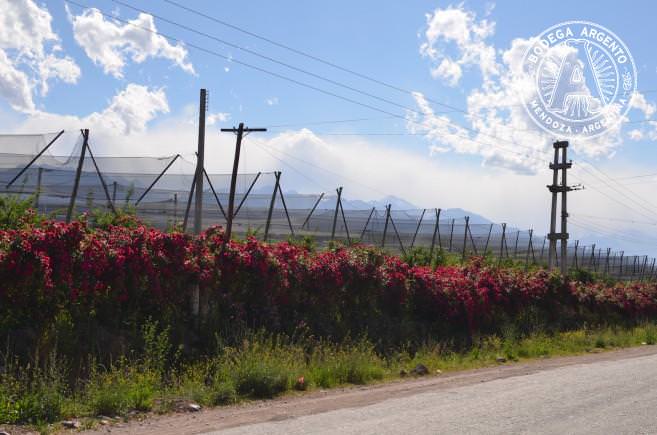
Roadside vines (photo courtesy of Caitlin McCann)
An easy 1.5-hour flight from BA to Mendoza lands you literally in the middle of wine country – the only airport vineyard around – a great base from which to rent a car and explore the region.
Mendoza city is charming and absolutely worthy of exploration and degustation, but the purpose of this trip was to enjoy the open road and soak up some natural beauty. About a 90-minute drive south of the city centre on the famed Ruta 40 (Argentina’s equivalent to US Route 66) and you’re in the heart of the Uco Valley, where some of the best wines in the country are produced.
I got right down to business for the seasonal tasting menu with wine pairing that awaited at Urban at O. Fournier Restaurante in San Carlos, a winery reminiscent of a Bond villain’s lakeside hideout, if said Bond villain made incredible wine at the foot of the Andes. Linger on the deck after lunch and/or tour the rest of the winery? Don’t mind if I do.
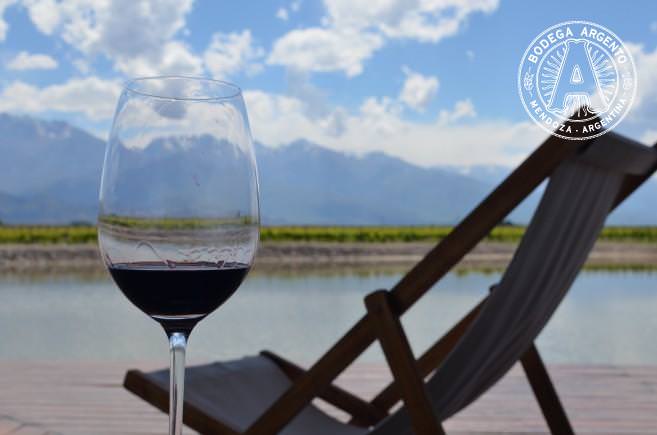
Wine on the deck at O. Fournier (photo courtesy of Caitlin McCann)
The next stop was to recharge at the quaint Postales Hotel Boutique in Chacras de Coria for a siesta. The relaxed atmosphere and beautiful scenery make it a perfect getaway from urban stress. While it was tough to peel myself away, the rigor of traveling in Mendoza obligated another incredible meal at another breath-taking property.
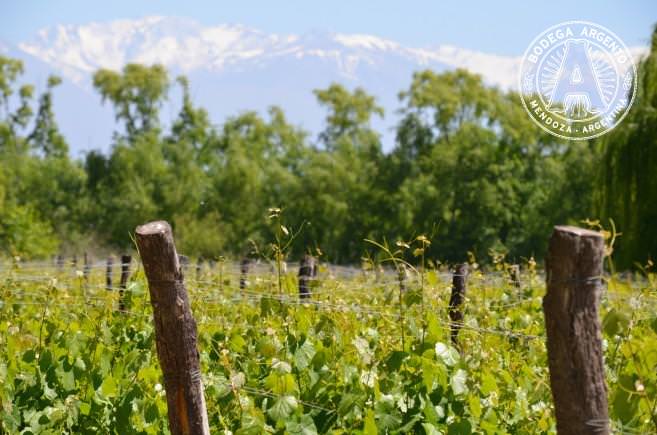
View from Postales Hotel (photo courtesy of Caitlin McCann)
I was eager to try Francis Mallmann’s restaurant, Siete Fuegos, located at the ultra-luxurious The Vines Resort and Spa, and was not disappointed. I enjoyed the best salmon I’ve had in this country and mouth-wateringly tender vegetables, then an impromptu tour around the kitchen with one of the asadores, whose passion and knowledge about the cooking techniques were impressive to say the least. A decadent dessert and wine poolside among the vines was the perfect end to a perfect day.
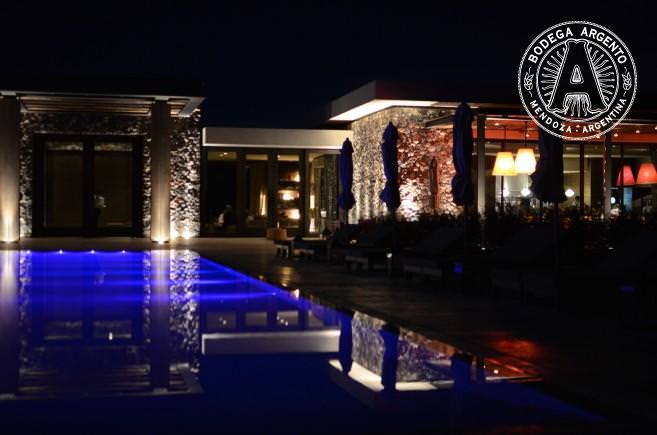
Siete Fuegos at night (photo courtesy of Caitlin McCann)
Because one day in Mendoza is never enough, day two was spent exploring Mendoza’s Central Region, stopping along the way in and around Maipú, home to Bodega Argento. While not currently open to the public, I was fortunate enough to get a behind-the-scenes view with Argento’s head winemaker, Silvia Corti, whose passion for Argentine wine was infectious.
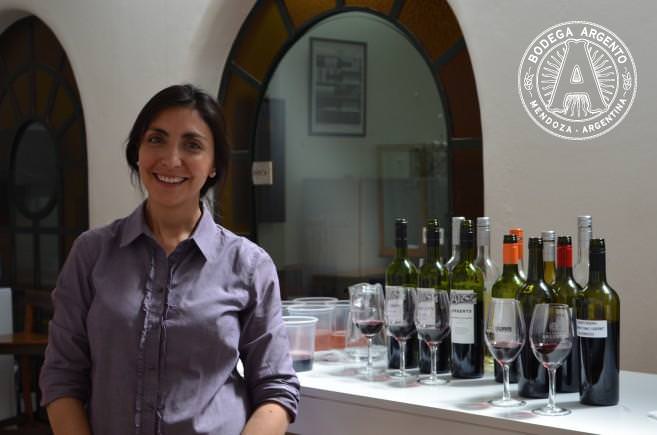
Silvia Corti and an array of vino tinto (photo courtesy of Caitlin McCann)
Though I didn’t catch her talking to any grapes, I did taste that passion in the wine, my favourites being the 2014 Argento Selección Chardonnay, a young but already complex wine, and the 2014 Argento Selección Malbec, which captures the boldness of Mendoza in a 750ml bottle.
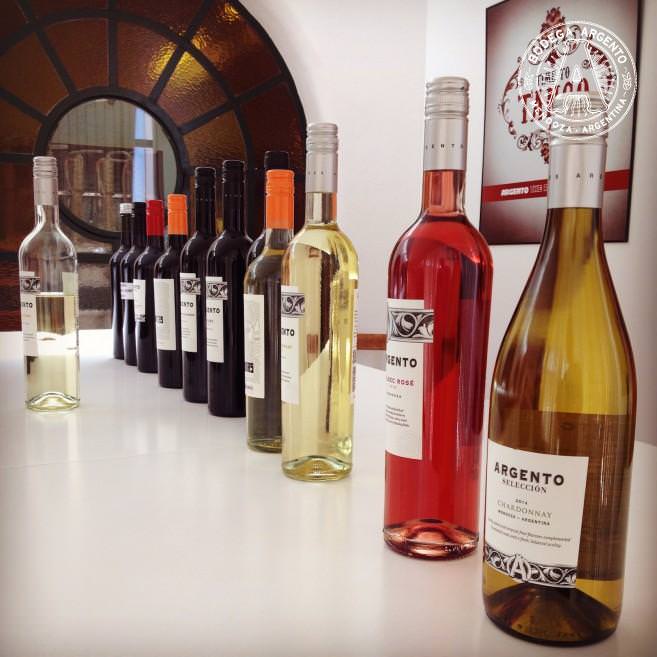
Argento tasting line up (photo courtesy of Caitlin McCann)
Winding through the back roads of Maipú, past more vines and olive trees, I arrived at Club Tapiz, a haven for gourmands and oenophiles. Club Tapiz does it all – hotel, winery, restaurant, olive oil – and does it well. Guests are spoiled from arrival to beautiful accommodations, bikes on site to explore the area and a complimentary tasting every evening of the house wines. The good life does exist.
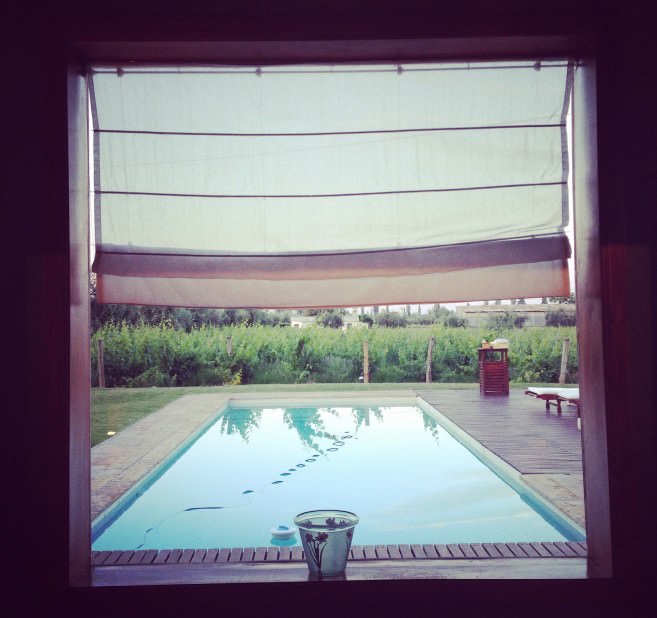
A swim among the vines at Club Tapiz (photo courtesy of Caitlin McCann)
The next morning after a poolside breakfast, it was time to say adios to Mendoza and head onward and upward to San Juan. Note: The capital cities of both Mendoza and San Juan are homonymously named Mendoza and San Juan, so don’t get confused between city and province.
San Juan
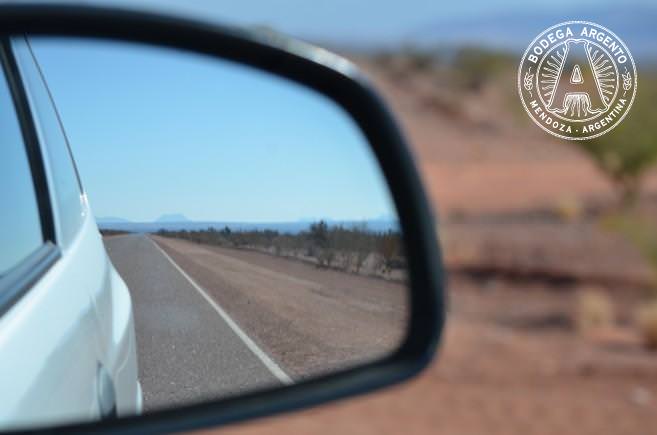
On the road in San Juan (photo courtesy of Caitlin McCann)
Heading north on Ruta 40, armed with a pre-downloaded Google map on my phone, it was time to venture into more unknown and rugged territory. My plan was to bypass the capital and head to San Agustín del Valle Fértil, about a 6-hour drive away.
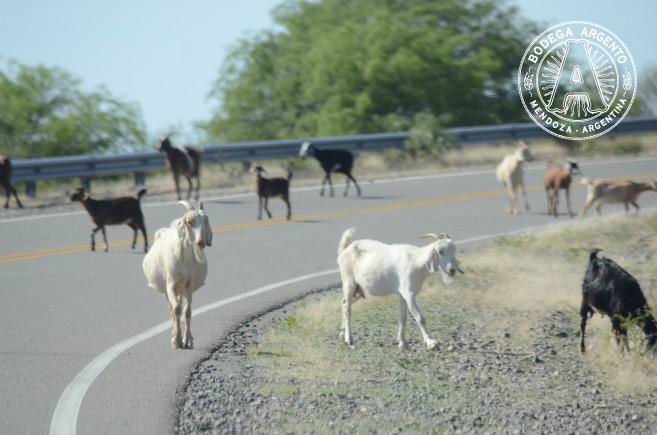
Drivers yield to goats in San Juan (photo courtesy of Caitlin McCann)
I didn’t really bypass the city though, so here is where I advise having an old fashioned map on hand because phone signal is as non-existent as road signage in many parts of Argentina. The upside was plenty of offers to try vino patero – wine made à la Lucy and Ethel.
Heading east from Caucete on Ruta 141, the landscape changes abruptly from Cordillera to desert. For those with two-wheeled ambitions, there is also a well-maintained, paved bike lane along this stretch of highway with picnic spots dotting the way. Watch out for horse droppings, however, because bikes in that area share space with gauchos.
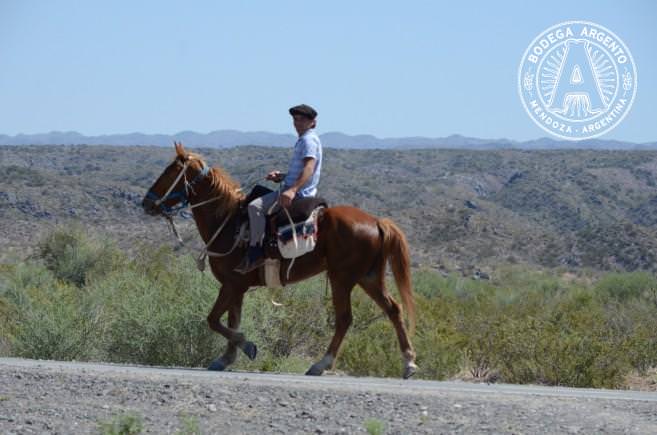
Gaucho on the bike lane (photo courtesy of Caitlin McCann)
Other sights along the side of the road include the omnipresent shrines to Gauchito Gil. They range in size from figurines to mini-temples and are marked by red flags and bottles or other offerings. Gauchito Gil is a legendary Robin Hood figure and the most popular gaucho saint.
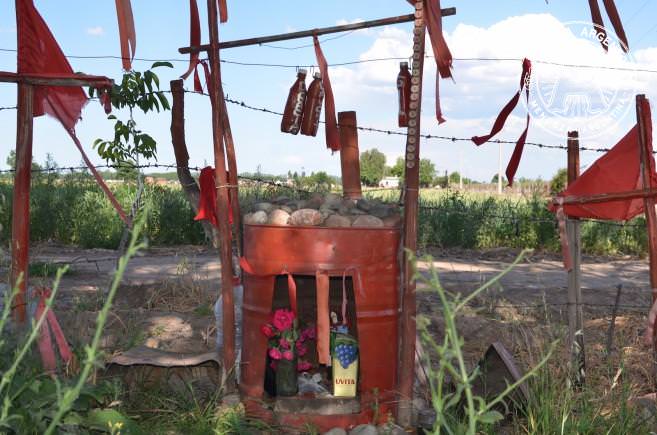
Typical shrine to Gauchito Gil (photo courtesy of Caitlin McCann)
After hours of driving through the desert, I finally reached my destination asking myself, “how did humans end up here?” San Agustín is a small, colourful town and a great base from which to explore the parks. There are plenty of options for lodging in town, but I opted to stay several kilometres away at “Don Antonio,” with well-kept cabins, a swimming pool and lawn chairs on perfectly manicured grass. The owners, Antonio and his wife, moved from Buenos Aires with the dream of living a quieter life, which they told us over the lamb he cooked over an open fire, under the biggest sky I’ve seen in a long time. They were not the only ones – one of the most popular restaurants in town, La Gran Picada, is also owned by porteños who escaped the hustle and bustle.
Talampaya and Ischigualasto
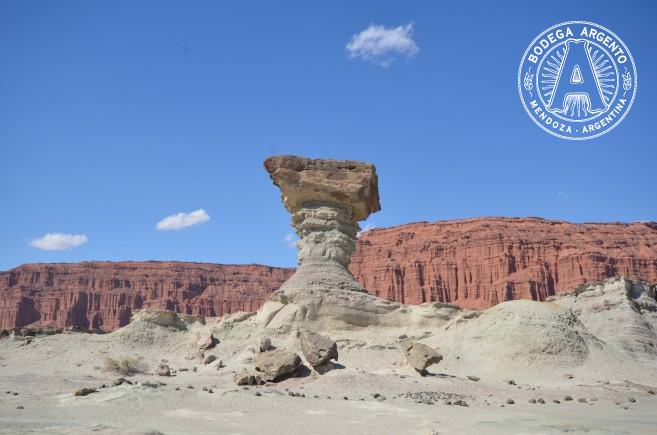
“The Mushroom” (photo courtesy of Caitlin McCann)
A straight line north leads you to Talampaya National Park, a UNESCO World Heritage Site. The drive is stunning yet solitary, and a lone sign and a pack of guanacos were all that marked entrance to the park.
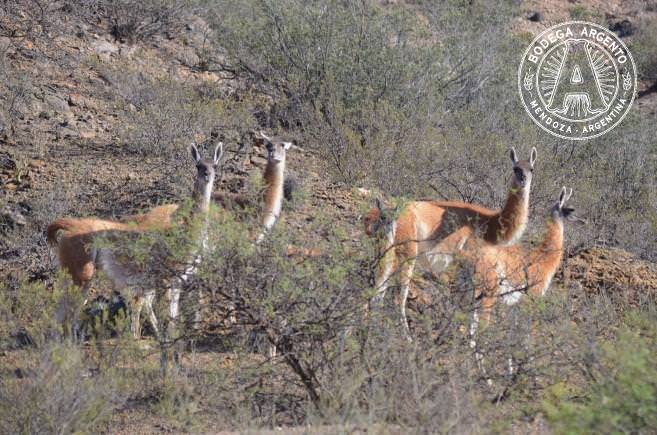
Guanacos! (photo courtesy of Caitlin McCann)
Without a plan, I stumbled upon a tiny structure offering off-road tours with a ranger (you can’t go in alone). Information can be a bit sparse, but there’s only one paved road through the park. Don’t forget to bring plenty of water, snacks and sunscreen.
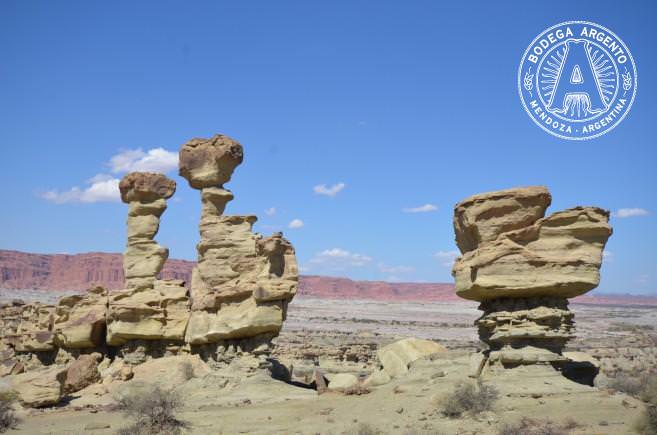
“The Submarine” (photo courtesy of Caitlin McCann)
Next it was back south to Ischigualasto Provincial Park, more commonly known as Valle de la Luna (Valley of the Moon) for its otherworldy landscape. The only way to see the park is with a guided caravan tour, which lasts about 3 hours, making 5 stops along the way to see coloured cliffs, water-eroded badlands and rock formations. Around every full moon the park offers moonlit tours, said to be spectacular, but make sure to confirm that day.
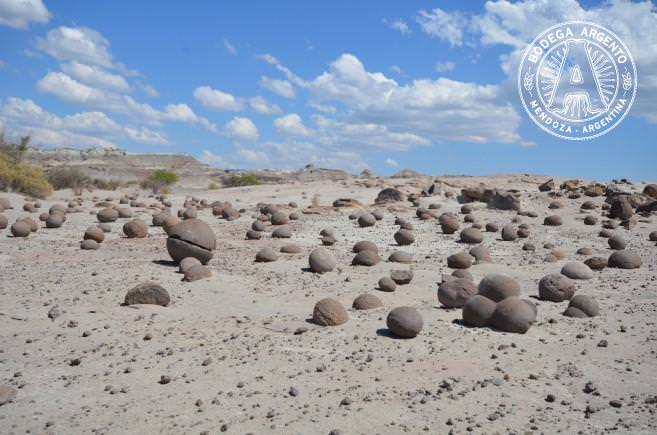
“Cancha de bochas” (photo courtesy of Caitlin McCann)
Note: For both parks, Spanish is useful since English is limited at best – but you don’t need language to appreciate the natural beauty.
With my impending flight back to Buenos Aires only a day away, the only thing left was to trace my steps back to Mendoza and enjoy one last night of wine in front of the Andes. After all, having been to the “moon,” where would you go next?
What’s your favourite place to road trip in Argentina? Tell us in the comments below.


Latest posts by Caitlin McCann (see all)
- Buenos Aires Autumn – Winter 2015 Cultural Agenda - June 6, 2015
- Penguins of Patagonia – Up Close and Personal - February 4, 2015
- Road Tripping through Mendoza and San Juan: A Tale of Two Provincias - January 8, 2015

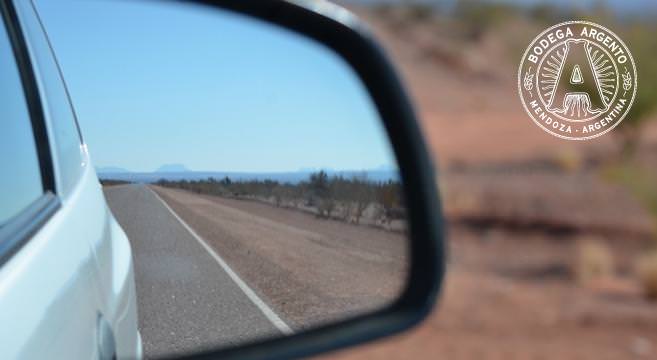
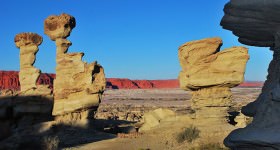 Travel Guide to San Juan, Argentina
Travel Guide to San Juan, Argentina 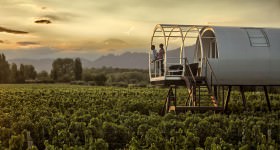 WHERE TO STAY IN MENDOZA
WHERE TO STAY IN MENDOZA 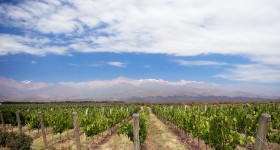 Mendoza on Two Wheels: Bike Tours in Argentina
Mendoza on Two Wheels: Bike Tours in Argentina 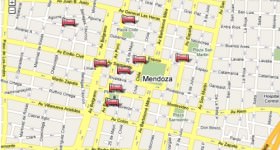 The Best Hotels in Mendoza, Argentina – Famous, Boutique, and Secret Gems
The Best Hotels in Mendoza, Argentina – Famous, Boutique, and Secret Gems 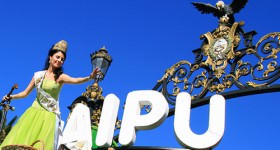 Vendimia Harvest Festival – Mendoza
Vendimia Harvest Festival – Mendoza 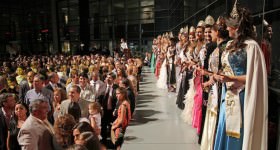 Vendimia Harvest Festival in Mendoza
Vendimia Harvest Festival in Mendoza 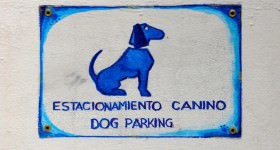 Dog-Friendly Buenos Aires
Dog-Friendly Buenos Aires 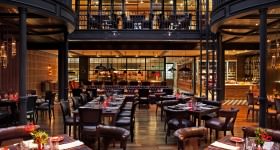 BUENOS AIRES HOTELS FOR FOOD AND WINE LOVERS
BUENOS AIRES HOTELS FOR FOOD AND WINE LOVERS 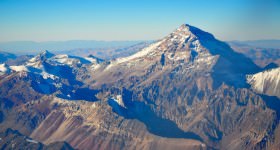 Climbing Aconcagua, South America’s Highest Mountain
Climbing Aconcagua, South America’s Highest Mountain 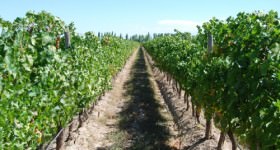 Foreign Matter: International Winemakers in Argentina
Foreign Matter: International Winemakers in Argentina 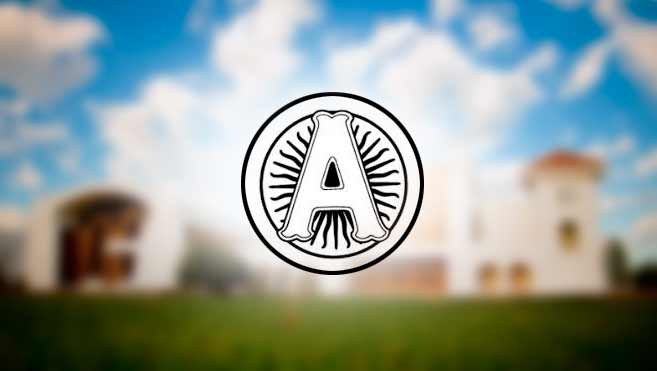 Rural Accommodation Near Mendoza City
Rural Accommodation Near Mendoza City